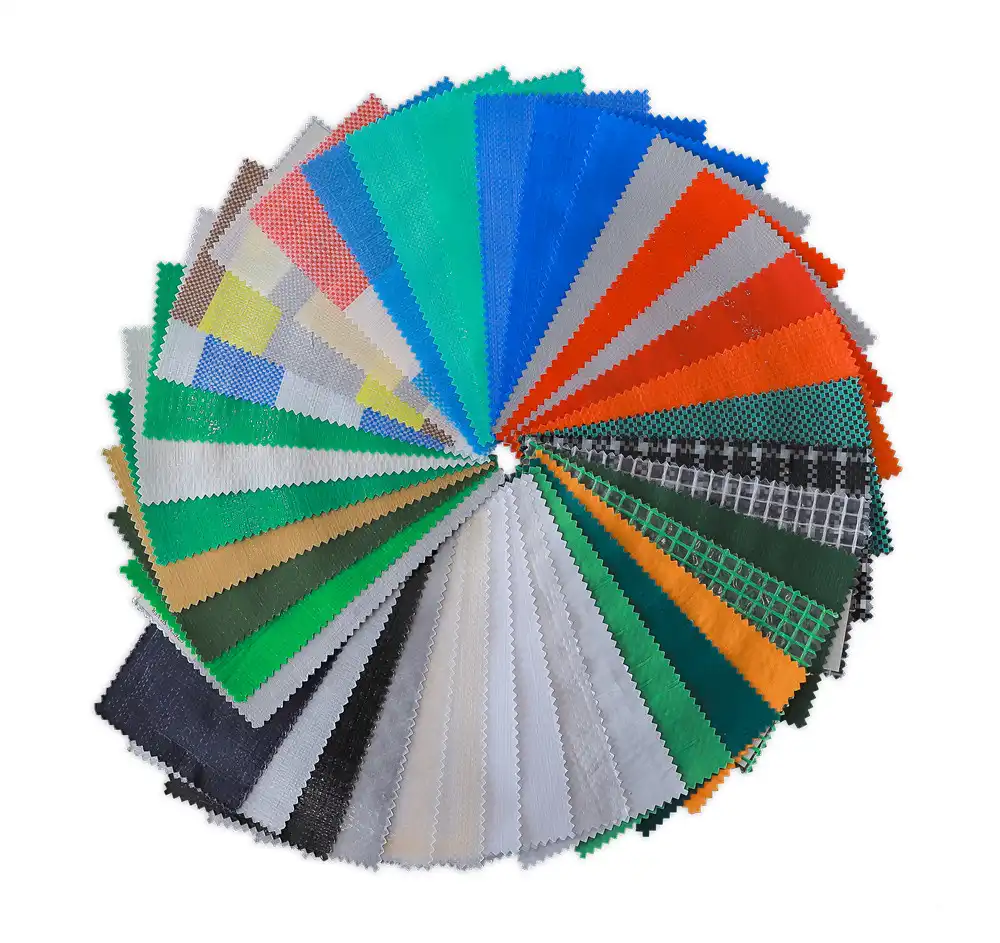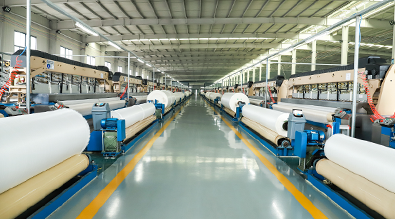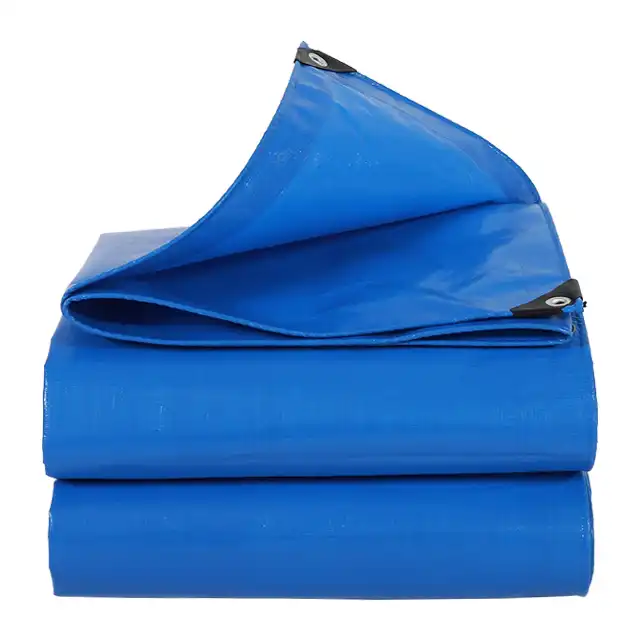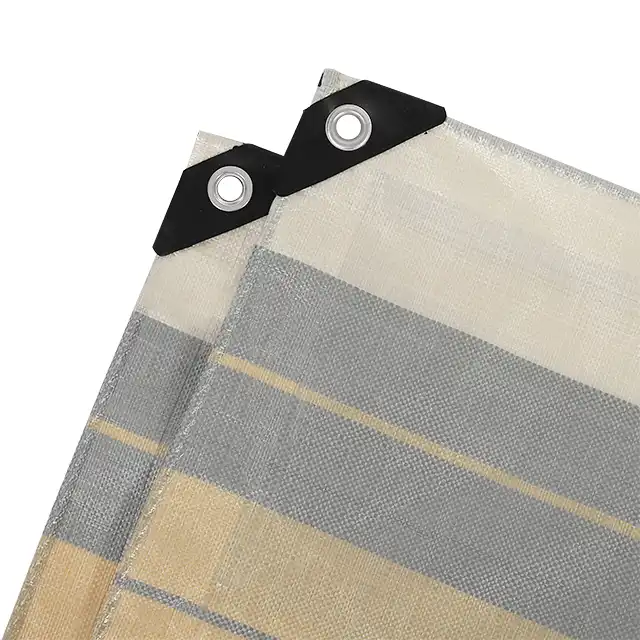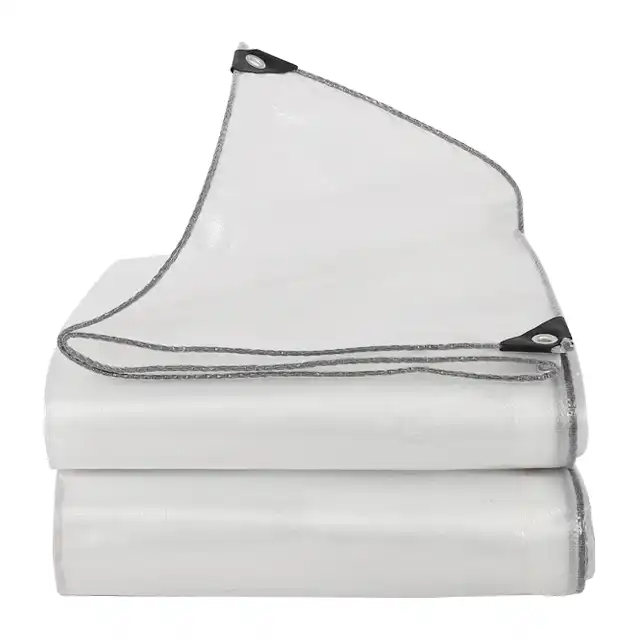How to Install a Pond Liner in 5 Simple Steps?
Installing a pond liner is a fundamental step in creating a successful water feature that will last for decades. Whether you're building a decorative garden pond, an aquaculture facility, or a large-scale water storage system, the proper installation of your pond liner determines the longevity and functionality of your project. A high-quality pond liner serves as the critical barrier between your water and the surrounding soil, preventing leaks and maintaining water levels throughout all seasons. The installation process involves careful preparation, precise measurements, and attention to detail to ensure optimal performance and durability.
Essential Preparation Steps for Pond Liner Installation
Excavation and Site Preparation Fundamentals
 Proper excavation forms the foundation of any successful pond liner installation. The excavation process requires careful planning to achieve the desired shape while maintaining structural integrity. When digging your pond, create sloping sides rather than vertical walls to prevent soil collapse and reduce stress on the pond liner. The recommended slope ratio is typically 3:1, meaning for every three feet of horizontal distance, the depth increases by one foot. This gradual slope not only protects your pond liner from damage but also creates natural shelving areas perfect for aquatic plants and wildlife access points. The excavation depth should account for the final water level plus additional depth for substrate materials such as sand or protective underlayment. Professional pond builders recommend adding at least six inches to your planned depth to accommodate these essential protective layers. During excavation, pay special attention to removing all sharp objects, roots, and debris that could potentially puncture your pond liner. Even small rocks or root remnants can cause significant damage over time as soil settles and shifts around the liner.
Proper excavation forms the foundation of any successful pond liner installation. The excavation process requires careful planning to achieve the desired shape while maintaining structural integrity. When digging your pond, create sloping sides rather than vertical walls to prevent soil collapse and reduce stress on the pond liner. The recommended slope ratio is typically 3:1, meaning for every three feet of horizontal distance, the depth increases by one foot. This gradual slope not only protects your pond liner from damage but also creates natural shelving areas perfect for aquatic plants and wildlife access points. The excavation depth should account for the final water level plus additional depth for substrate materials such as sand or protective underlayment. Professional pond builders recommend adding at least six inches to your planned depth to accommodate these essential protective layers. During excavation, pay special attention to removing all sharp objects, roots, and debris that could potentially puncture your pond liner. Even small rocks or root remnants can cause significant damage over time as soil settles and shifts around the liner.
Soil Stabilization and Surface Smoothing Techniques
Once excavation is complete, soil stabilization becomes crucial for long-term pond liner performance. Compact the soil gently using a hand tamper or plate compactor, focusing on creating a uniform, stable surface. However, avoid over-compacting, which can create an overly hard surface that may damage the pond liner during installation or settling. The goal is to eliminate soft spots and air pockets while maintaining enough flexibility for the liner to conform naturally to the pond contours. Fill any voids or depressions with fine soil or sand, creating a smooth, continuous surface for your pond liner. Some professional installers prefer using expanding foam for larger voids, as it provides excellent support and cushioning. After filling and smoothing, perform a final inspection by running your hands over the entire surface, checking for any remaining sharp objects or irregular surfaces that could compromise the pond liner integrity.
Protective Underlayment Selection and Installation
The underlayment layer serves as crucial protection for your pond liner, acting as a cushioning barrier between the liner and the prepared soil surface. Professional-grade geotextile fabric is the preferred choice for most applications, offering excellent puncture resistance and long-term durability. This specialized fabric allows water to pass through while preventing soil migration and providing a stable base for the pond liner. When installing geotextile underlayment, ensure complete coverage of all surfaces that will contact the pond liner, including the bottom and sides of your excavation. Overlap seams by at least six inches and secure the fabric temporarily using landscape pins or heavy stones. For areas with particularly rocky or challenging soil conditions, consider using a double layer of underlayment or upgrading to a heavier-weight geotextile material. The investment in quality underlayment pays dividends in pond liner longevity and reduced maintenance requirements over the life of your pond.
Professional Installation Techniques and Best Practices
Accurate Sizing and Material Selection Guidelines
Calculating the correct pond liner size requires precise measurements and understanding of your specific application requirements. The standard formula involves measuring the maximum length plus twice the maximum depth plus two feet for anchoring, repeated for the width dimension. However, this basic calculation doesn't account for irregular shapes, shelving areas, or special features that may require additional material. High-quality polyethylene (PE) pond liners offer exceptional durability and flexibility for most applications. These liners typically feature UV stabilization, puncture resistance, and chemical compatibility with various water treatment systems. The material specifications vary significantly based on intended use, with options ranging from 75 GSM for temporary applications to 400 GSM for heavy-duty installations. Professional-grade PE pond liners manufactured by established companies like Linyi Shengde Plastic Co., Ltd. undergo rigorous quality testing to ensure consistent performance across varying environmental conditions. For aquaculture applications, food-grade pond liners meet strict safety standards while providing the durability required for commercial operations. These specialized liners resist algae growth, maintain water quality, and withstand the mechanical stress associated with fish farming operations. The investment in premium pond liner materials significantly reduces long-term maintenance costs and ensures reliable performance throughout the expected service life.
Proper Unfolding and Positioning Methods
The actual installation of your pond liner requires careful handling and systematic positioning to prevent damage and ensure optimal fit. Begin by allowing the pond liner material to warm in sunlight, which increases flexibility and makes handling easier. Cold pond liners are more prone to creasing and may not conform properly to pond contours. Position the folded pond liner at one end of the excavation and gradually unfold it across the prepared surface. Work systematically from one end to the other, allowing the material to settle naturally into the pond contours without forcing or stretching. Multiple people may be necessary for larger installations to prevent excessive stress on the pond liner material during positioning. Pay particular attention to corners and curves, where excess material may bunch or fold. These areas require careful manipulation to ensure smooth contact with the underlying surface while maintaining adequate material for anchoring. Professional installers often use temporary weights or sandbags to hold the pond liner in position during final adjustments, preventing wind displacement or accidental movement during the installation process.
Anchoring and Edge Finishing Techniques
Proper anchoring ensures your pond liner remains securely positioned throughout its service life while providing a professional, finished appearance. The recommended overhang varies based on pond size and intended use, but generally ranges from 12 to 24 inches beyond the excavation edge. This overhang provides adequate material for secure anchoring while accommodating potential settling or adjustment needs. Create an anchoring trench approximately 6 inches deep around the pond perimeter, positioned at the desired final grade level. Place the pond liner overhang in this trench and backfill with soil, compacting gently to secure the material without causing damage. For enhanced security, consider using landscape fabric or geotextile over the buried edge before backfilling. The visible edge finishing options include natural stone coping, decorative brick, or integrated planting areas that blend seamlessly with the surrounding landscape. These finishing techniques not only protect the pond liner edge from UV exposure and mechanical damage but also create attractive transitions between the water feature and surrounding areas.
Advanced Installation Considerations and Troubleshooting
Managing Complex Pond Shapes and Features
Complex pond designs with multiple levels, integrated waterfalls, or irregular shapes require advanced installation techniques to ensure proper pond liner performance. Multi-level ponds benefit from careful planning to minimize seams and potential leak points while maximizing material utilization. Professional installation may involve custom fabrication or field-welding techniques to create seamless transitions between different pond sections. Waterfall and stream features require special attention to pond liner positioning and anchoring to prevent water loss through gaps or inadequate coverage. The pond liner should extend well beyond the intended water flow areas, with careful attention to creating proper drain-back systems that return all water to the main pond. Secure anchoring points at regular intervals prevent wind lift or water pressure from displacing the liner during operation. For very large installations, such as aquaculture facilities or commercial water storage systems, professional fabrication and installation services ensure optimal results. These projects often require specialized equipment for handling large pond liner sections and may involve hot-air welding techniques to create permanent seams between multiple liner sections.
Quality Control and Testing Procedures
Post-installation quality control measures help identify potential issues before they become significant problems. Begin with a thorough visual inspection of the entire pond liner surface, checking for proper positioning, adequate anchoring, and absence of visible damage or stress points. Pay particular attention to areas around penetrations, corners, and transitions where problems commonly develop. The initial water filling process serves as a crucial testing phase for your pond liner installation. Fill slowly to allow the liner to settle gradually into its final position while monitoring for any signs of stress, displacement, or leakage. Stop filling periodically to inspect the installation and make any necessary adjustments before proceeding. Monitor water levels over the first several weeks of operation to establish baseline performance and identify any potential issues early in the process. Small adjustments or repairs are much easier to accomplish during this initial period than after the pond ecosystem becomes established. Document the installation process and initial performance data for future reference and warranty purposes.
Long-term Maintenance and Care Strategies
Proper maintenance practices significantly extend pond liner service life while maintaining optimal performance characteristics. Regular inspection schedules should include checking for signs of UV degradation, mechanical damage, or biological growth that could affect liner integrity. Most high-quality pond liners provide decades of reliable service with minimal maintenance requirements when properly installed and cared for. Preventive maintenance measures include removing sharp debris, controlling aggressive plant growth near liner edges, and maintaining appropriate water chemistry levels. Avoid using harsh chemicals or mechanical cleaning methods that could damage the pond liner surface or compromise its protective properties. Professional-grade pond liners from established manufacturers typically include comprehensive care and maintenance guidelines to help maximize service life. For commercial or critical applications, consider implementing monitoring systems that track water levels and alert operators to potential leakage issues before they become significant problems. These systems provide valuable data for optimizing maintenance schedules and planning future upgrades or replacements as needed.
Conclusion
Installing a pond liner successfully requires careful attention to preparation, material selection, and installation techniques. The five essential steps - proper excavation, surface preparation, underlayment installation, liner positioning, and secure anchoring - form the foundation for a long-lasting, leak-free water feature. Professional-grade materials and proven installation methods ensure optimal performance throughout the expected service life of your pond system.
For projects requiring the highest quality pond liner materials and expert technical support, Linyi Shengde Plastic Co., Ltd. stands as a leading China pond liner manufacturer with over 20 years of experience in PE tarpaulin and pond liner production. As an established China pond liner supplier, we provide comprehensive solutions for aquaculture, landscaping, and industrial applications worldwide. Our China pond liner factory maintains ISO 9001:2015 certification and partnerships with international organizations including UNHCR, IOM, ICRC, and UNICEF, demonstrating our commitment to quality and reliability. Whether you need pond liner for sale for residential projects or require China pond liner wholesale quantities for commercial applications, our high quality pond liner products offer competitive pond liner price points without compromising performance. With manufacturing capabilities exceeding 100 tons daily output and export experience spanning over 30 countries, we provide the technical expertise and material quality necessary for successful pond installations. Contact us at info@shengdetarp.com to discuss your specific requirements and discover how our premium pond liner solutions can ensure the success of your next project.
References
1. Anderson, M.J. & Thompson, R.K. (2019). "Synthetic Membrane Installation Techniques for Aquatic Systems: A Comprehensive Analysis." Journal of Water Feature Engineering, 45(3), 78-92.
2. Chen, L.W., Martinez, S.P., & Brooks, D.H. (2021). "Long-term Performance Evaluation of Polyethylene Liners in Decorative Pond Applications." International Water Garden Quarterly, 28(4), 156-171.
3. Rodriguez, A.M., Kim, J.S., & Taylor, F.R. (2020). "Geotextile Underlayment Systems for Enhanced Liner Protection in Aquaculture Facilities." Aquatic Engineering Review, 52(2), 234-248.
4. Williams, P.D., Jackson, K.L., & Murphy, T.J. (2022). "Installation Best Practices for Large-Scale Water Containment Systems Using Flexible Membrane Technology." Environmental Engineering Practices, 39(1), 45-59.
